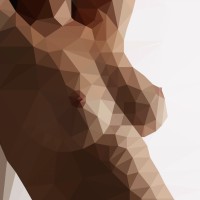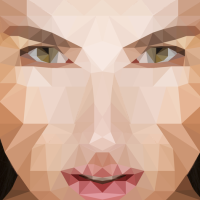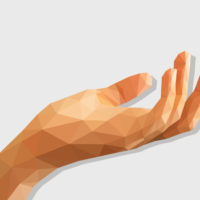At Horizon Plastic Surgery our aim is to provide our patients with the highest quality surgical and non-surgical treatments. Whilst our website is full of educational information it is by its nature generic and therefore should not be substituted for a personalised meticulous individual surgical plan. If you are seriously considering surgery, we would encourage you to book a consultation with one of our surgeons.
Risks and complications of cosmetic surgery
All surgery carries some degree of risk, despite the highest standards of practice. Most people having surgery with qualified practitioners will not experience complications, however, complications may occur and more surgery may be needed as a result. This will lead to additional costs and inconvenience.
Outside of post-operative complications, the physical and psychological outcomes of surgery cannot be guaranteed. It may range in the short and long term from an excellent result that you are very pleased with, to a very poor result that may not be correctable.
Please note: Modern anaesthesia is safe and effective but does have risks. Rarely, side effects from anaesthetic can be life threatening. Your anaesthetist will discuss further information and it is important you disclose medicines you are taking or have taken with them.
General risks and possible complications associated with any surgery:
•Death
•Wound infection (treatment with antibiotics may be needed)
•Bruising and swelling can take two to three days to develop, but usually resolve after a few weeks
•Pain and discomfort around the incisions
•Bleeding from the wound
•A sore throat, caused by the breathing tube used during anaesthesia can last for several days
•Haematoma (a collection of blood around the surgical site that may require drainage)
•If blood loss during surgery has been large, a transfusion may be needed; this is uncommon.
•A blot clot; if in a leg (deep venoms thrombosis, DVT), it will require further treatment. Rarely, a DVT can move to the lungs and become life threatening. Gentle exercise and stopping smoking reduce the risk of DVT
•Keloid or thickened scars (most scars fade and flatten, but some become keloid or hypertrophic, and remain raised, itchy, thick and red. Such scars can be annoying but are not a threat to health. Additional surgery or injection treatment may be needed to try and improve the scar)
• Slow healing (more likely to occur in smokers and people with diabetes). Circulation may be poor in some areas of the skin around the surgical area. This may lead to a loss of some skin and leave a wound that needs to be dressed until healed (usually two to four weeks). In such cases, the scar may be worse and may require further surgery. Risk is greatest in smokers.
•Separation of wound edges
•Chest infection (more likely to occur in smokers)
•Nausea (typically from the anaesthetic; usually settles down quickly)
• Complications due to anaesthesia and allergies to anaesthetics, antiseptics, suture material or dressings; discuss anaesthetic risks with your anaesthetist while you are considering whether to have surgery
•Asymmetry
•If healing has been poor and scarring unsightly, another procedure may be needed
•Swelling may take several months to resolve in some cases
•Rarely, swelling and collection of fluid within the surgical site may have to be drained by needle in the practice rooms
•Loss of sensation and or numbness, in certain areas including around the scars (while numbness typically subsides slowly over several months, some numbness may be permanent)
•Surgical Scarring: All surgery leaves a scar. Plastic surgeons are trained to close incisions in a way that usually makes the scars as thin and unnoticeable as possible. Some scars tend to be wider than other incisional scars because of the skin tension in certain areas. The size of the scar will vary with each patient. Some scars may be unsightly.









